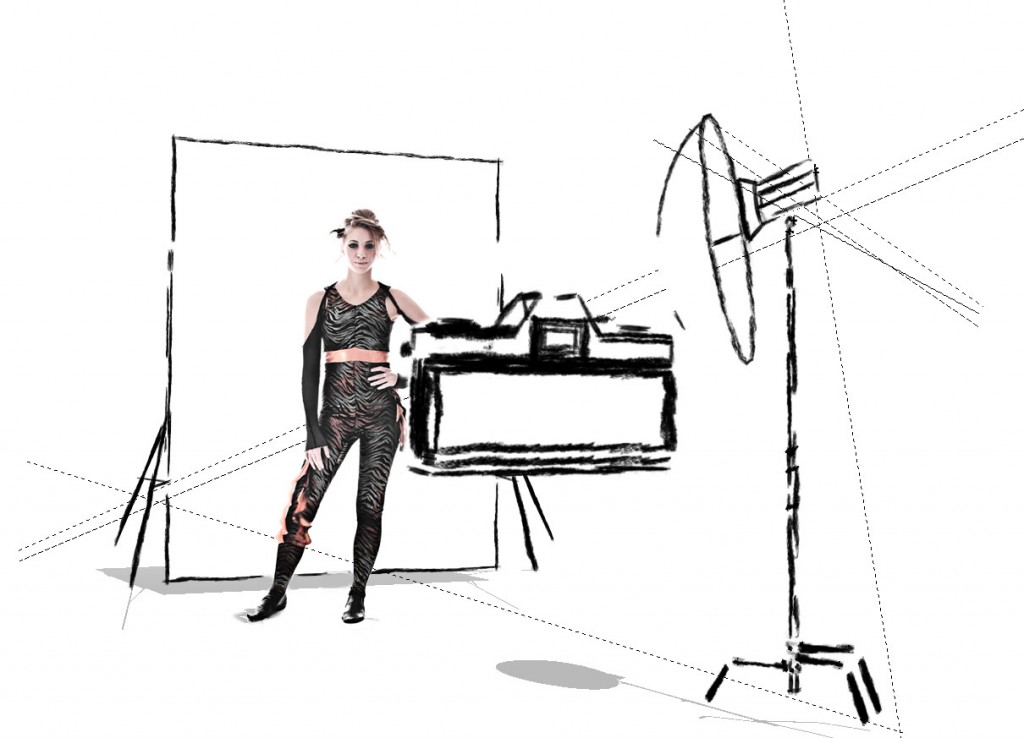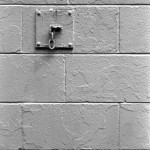B&W and taken all over
I just received these negatives back from the lab. This roll of fill has been in my Pentax Super Program for at least 6 months and only recently did I pick up this camera and finish the roll. You can see that I took some of these in parallel with my panoramic images earlier this month.
World Pentax Day
On Saturday Oct 10, 2009 there was a community photography project where participants would take photos on this day and upload them to Pentax Forums. I set out early in the hope that I would catch a beautiful sunrise but it was a little more like a whimper compared to the previous mornings roar.


 This last picture creates an interesting composition with the contrast of the dark and light and the lines leading into the picture. However it’s here where the picture falls down, in that it does not really have a compelling point of interest. I do like it though and may adapt it to a painting, perhaps with a figure along the path.
This last picture creates an interesting composition with the contrast of the dark and light and the lines leading into the picture. However it’s here where the picture falls down, in that it does not really have a compelling point of interest. I do like it though and may adapt it to a painting, perhaps with a figure along the path.
Cosina CX7
 There is plenty of information on the Internet regarding the Cosina CX-2 or it’s copy the LOMO LC-A but there are other cameras in this series that came later. The CX7 came out in 1983 and is a very basic 35mm point and shoot without any manual overrides (well unless you want to change the film ASA setting to achieve +-1 stops with 200 ASA film. It has a lens design with 4 elements in three groups and an unusual focal length of 33mm and a maximum aperture of f3.5 (this is likely the same lens as the CX-1 as it has the same specifications). As far as operation there isn’t much to say, the film loads easily as it has a small sprung catch that hooks a film sprocket automatically and the film advances with a thumb wheel. The lens has a fair amount of vignetting and you really can’t say what f stop it has chosen so focus and depth of field are somewhat difficult to predict as shown by the picture of the Rubik’s cube. While it does have two LED indicators for short or far distance you can’t know how far or short that is, and it won’t be very short either as it’s minimum focus distance is 1.2M. So all in all it is an uncomplicated camera to use, with a decent lens but is best used when a little bit of randomness is welcome.
There is plenty of information on the Internet regarding the Cosina CX-2 or it’s copy the LOMO LC-A but there are other cameras in this series that came later. The CX7 came out in 1983 and is a very basic 35mm point and shoot without any manual overrides (well unless you want to change the film ASA setting to achieve +-1 stops with 200 ASA film. It has a lens design with 4 elements in three groups and an unusual focal length of 33mm and a maximum aperture of f3.5 (this is likely the same lens as the CX-1 as it has the same specifications). As far as operation there isn’t much to say, the film loads easily as it has a small sprung catch that hooks a film sprocket automatically and the film advances with a thumb wheel. The lens has a fair amount of vignetting and you really can’t say what f stop it has chosen so focus and depth of field are somewhat difficult to predict as shown by the picture of the Rubik’s cube. While it does have two LED indicators for short or far distance you can’t know how far or short that is, and it won’t be very short either as it’s minimum focus distance is 1.2M. So all in all it is an uncomplicated camera to use, with a decent lens but is best used when a little bit of randomness is welcome.
Expanded vision through narrower thinking

What is this? If you said a canvas or a blank canvas you are partially correct. If you said a blank canvas with a wide aspect ratio then we’re on the same page, so to speak. I bought several canvas’ with 2:1 aspect rations and need to get myself thinking outside the 4:3’ish box. So what better way than to do a little photography exercise. Fortunately I seem to have a camera for any occasion and so from my shelf I pulled what can only be described as a photographic anachronism, the Minolta Vectis S-1. What is it? It is an APS (advanced photo system) SLR camera with interchangeable lenses. If you recall APS is the small negative format film that digital has made effectively obsolete. What is unique about this camera and film though is that it provides for panoramic pictures. While not a true panoramic in the sense that the panoramic image is just the central area of the larger image it does mask the viewfinder giving you a 3:1 view. Now for the narrower thinking, you can’t walk around looking through a camera viewfinder, unless you want to fall and hurt yourself, so it becomes necessary to try and envision how the world around you looks in this “narrow” view. Here is where the expanded vision begins, as you look around you will see new compositions and inter relations between objects that don’t work in the normal smaller box we are accustomed to. Lines that enter the frame in unfamiliar ways, new points of interest, it is an opportunity to explore and see things in a different way.
If you want to see the images in their original aspect ratio, you will need to click on them individually. An interesting side effect of the square thumbnails is that it’s apparent that several of these images work well as squares, possibly even better. But I will let you be the judge of that.
Queen Sized Softbox
 Here is an instance where I wanted to create an image with the background completely white and the subject in front correctly exposed. So I was in a situation where I was taking pictures with a large south facing window that would have light streaming in all day. To create the “softbox” effect I hung a semi transparent queen sized white sheet between two stands in front of the window. By placing the model close to the light source it allowed light to spill in from both sides.
Here is an instance where I wanted to create an image with the background completely white and the subject in front correctly exposed. So I was in a situation where I was taking pictures with a large south facing window that would have light streaming in all day. To create the “softbox” effect I hung a semi transparent queen sized white sheet between two stands in front of the window. By placing the model close to the light source it allowed light to spill in from both sides. 
In order to deal with the great difference in light levels I metered for the models face and allowed the backdrop/ light source to clip. In addition a reflector was placed in front of the model for fill. The resulting exposure was F5.6 at 1/60 sec and ISO 250. This was actually 1 1/3 stops over what had been metered for the models face but helps give the high key look I was after. In order to get a warmer look the white balance can also be increased by about 1000 degrees, but in this case it was fine and I have left it as shot.
With the same setup, you can get a different look by using flash to light the subject while still clipping the white background. Here I placed an off camera flash with an umbrella reflector right above the camera.
 Settings f2.8, 1/80 s at ISO 125. The flash output power was adjusted manually for the correct exposure.
Settings f2.8, 1/80 s at ISO 125. The flash output power was adjusted manually for the correct exposure.




































